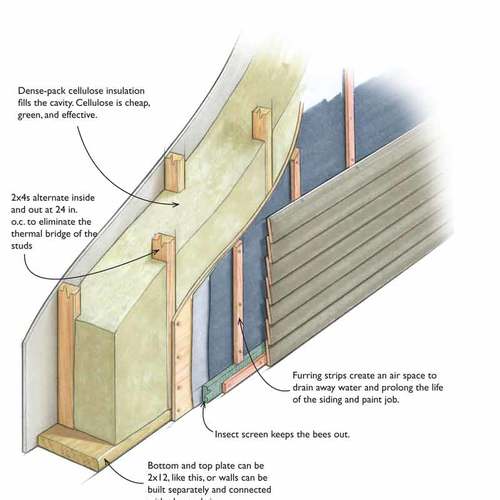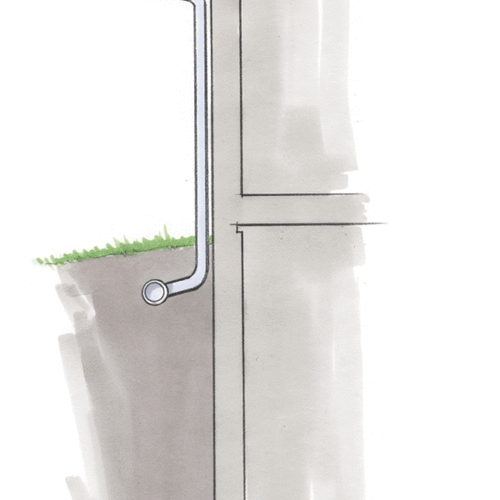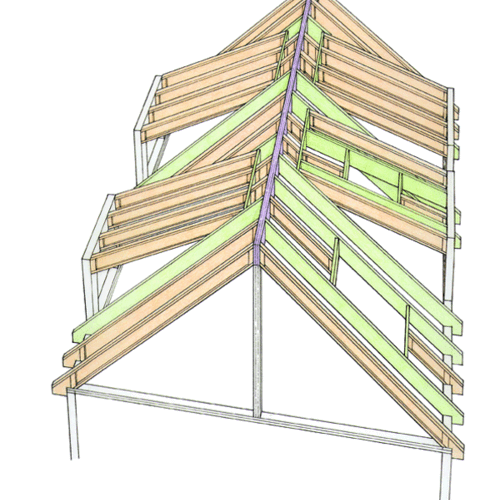ABOUT ROOF TRUSSES
Roof trusses are increasingly common in residential construction, accounting for roughly two-thirds of the U.S. market for new houses built in the U.S.
Trusses reduce labor as well as materials costs, as a 1996 study by the Wood Truss Council of America and the Building Systems Council of NAHB discovered. “Framing the American Dream” presented a comparison of labor and materials costs in two identical 2,600-sq. ft. houses, one built with engineered components and the other framed conventionally. Using roof trusses saved a total of 156 hours of labor and 4,190 board feet of lumber.
Another advantage: Some manufacturers are making roof trusses from lumber that is certified by the Forest Stewardship Council. The Hayward Corporation of Monterey, Calif., is one firm that makes trusses from 100% certified wood. TrusPro Inc., of Guadalupe, Calif., is another.
Assembled at the factory, trusses reduce labor and material costs
Trusses can be ordered for just about any roof configuration and are made from smaller lumber sizes than dimensional rafter stock. They are assembled by the manufacturer in jigs using pieces engineered specifically for the application, which translates into consistency and precision, and they can be boomed into place quickly once they’re on the job site.

This article is only available to GBA Prime Members
Sign up for a free trial and get instant access to this article as well as GBA’s complete library of premium articles and construction details.
Start Free TrialAlready a member? Log in










4 Comments
Truss? under engineered wood points?
Why wouldn't roof trusses fall under the requirment for engineered wood when floor trusses do? They both save on using larger lumber.
Wood roof trusses
Steve,
I imagine that wood roof trusses are now so common — in residential new construction, they dominate the market — that green rating programs decided that awarding points for their use would be a giveaway available to almost any builder who follows routine building methods.
Leed Points for Engineered Roofs
Engineered roofs do fall under Leed requirements for points. Builders can earn up to 2 points for using engineered roof trusses instead of stick-framed applications. Please clarify if there is a difference. - Jennings Ward, Builders First Source
LEED for Homes & trusses
Martin is spot-on, as usual! That was exactly the logic -- LEED is designed to reward leadership, not widespread common practice, which the use of roof trusses certainly is. Floor trusses, on the other hand, aren't so common and have a number of under-appreciated (and under-utilitized) benefits: longer spans facilitate later interior remodeling; they help eliminate soffits and their associated complications, materials, and expense; and they make it easy to run wiring and pipes through floor spaces. Not to mention saving wood.
Log in or become a member to post a comment.
Sign up Log in